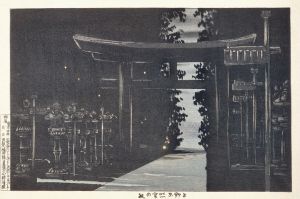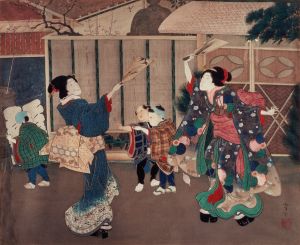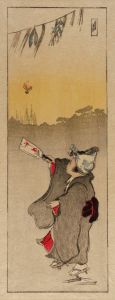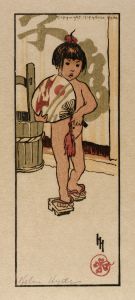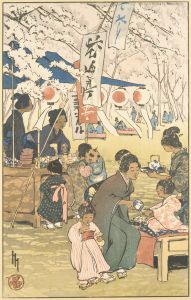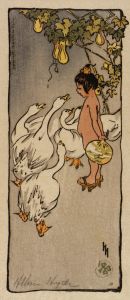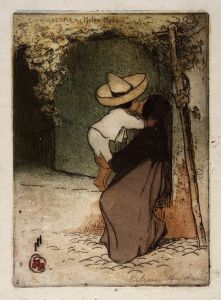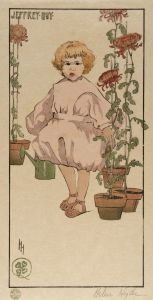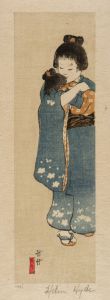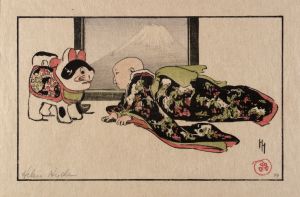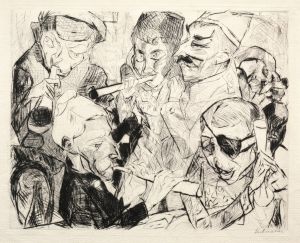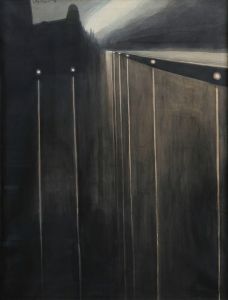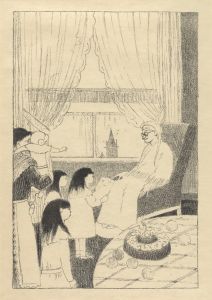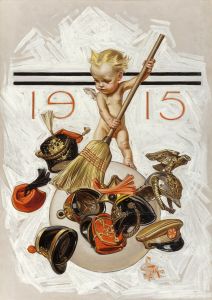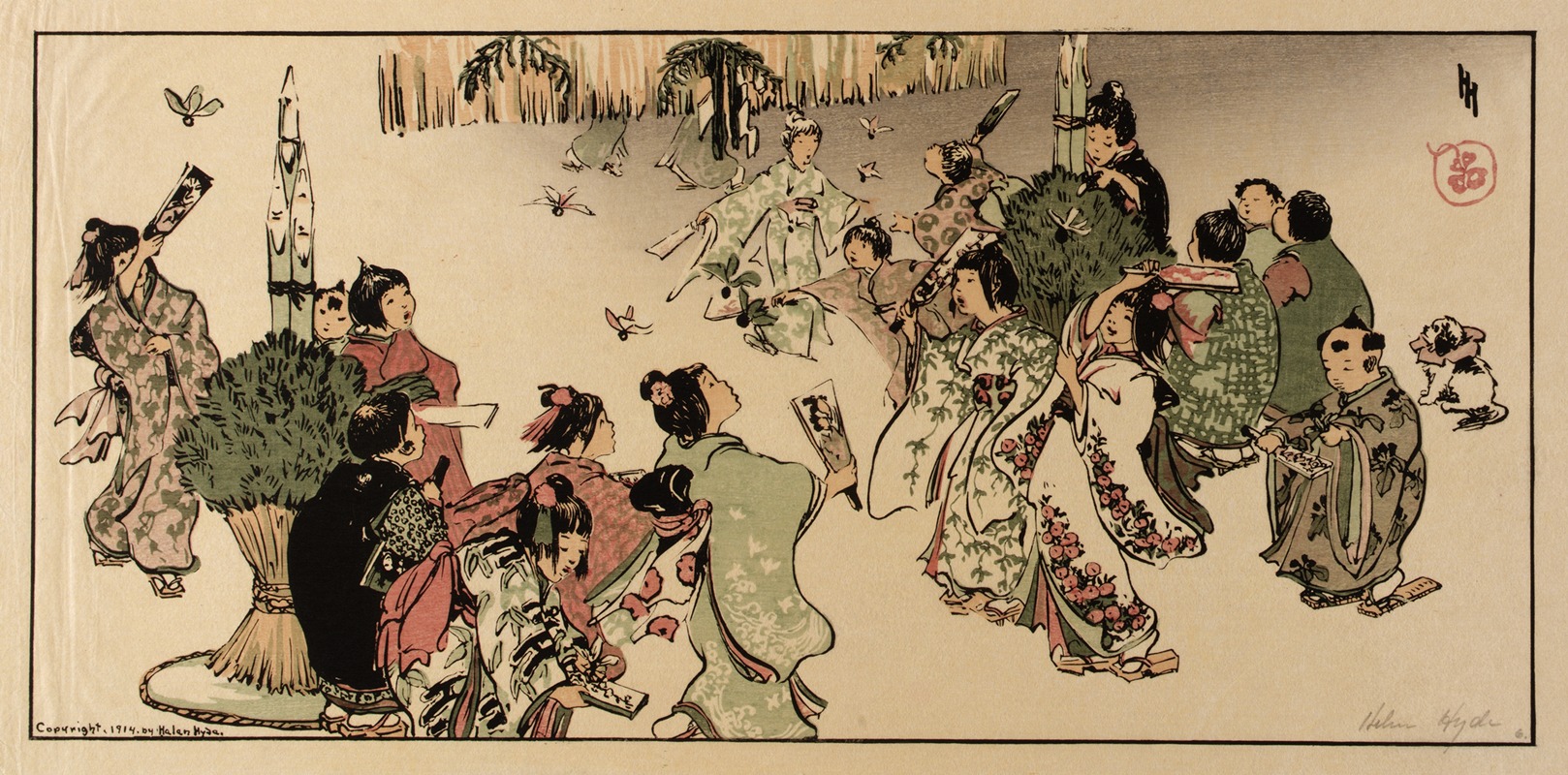
New Year’s Day in Tokyo
A hand-painted replica of Helen Hyde’s masterpiece New Year’s Day in Tokyo, meticulously crafted by professional artists to capture the true essence of the original. Each piece is created with museum-quality canvas and rare mineral pigments, carefully painted by experienced artists with delicate brushstrokes and rich, layered colors to perfectly recreate the texture of the original artwork. Unlike machine-printed reproductions, this hand-painted version brings the painting to life, infused with the artist’s emotions and skill in every stroke. Whether for personal collection or home decoration, it instantly elevates the artistic atmosphere of any space.
Helen Hyde was an American artist known for her work in the medium of color woodblock prints, a technique she mastered during her time in Japan. One of her notable works is "New Year’s Day in Tokyo," which exemplifies her unique style that blends Western and Eastern artistic traditions.
Helen Hyde was born on April 6, 1868, in Lima, New York, and later moved to San Francisco, California. Her artistic journey began with studies at the California School of Design and continued in Europe, where she was influenced by the works of James McNeill Whistler and the Japonisme movement. However, it was her move to Japan in 1899 that significantly shaped her artistic career. In Japan, she studied under the tutelage of established Japanese artists such as Kano Tomonobu and learned the traditional Japanese woodblock printing technique, known as ukiyo-e.
"New Year’s Day in Tokyo" is a reflection of Hyde's deep appreciation and understanding of Japanese culture. The artwork captures the essence of Japanese New Year celebrations, a time of renewal and festivity. Hyde's prints often depicted scenes of everyday life in Japan, focusing on women and children, and "New Year’s Day in Tokyo" is no exception. The print likely portrays a serene and intimate moment, characteristic of Hyde's style, which often emphasized the beauty and simplicity of domestic life.
Hyde’s work is distinguished by her ability to integrate Western artistic techniques with traditional Japanese methods. She utilized the ukiyo-e technique, which involves carving an image into a woodblock, applying ink, and then pressing it onto paper. This method allowed her to produce multiple copies of her prints, making her art more accessible. Her color palette was typically soft and muted, reflecting the subtlety and elegance of Japanese aesthetics.
"New Year’s Day in Tokyo" is part of Hyde's broader body of work that contributed to the American Arts and Crafts movement. Her prints were well-received in both Japan and the United States, and she played a significant role in popularizing Japanese woodblock prints in the West. Hyde's work was exhibited widely, and she received numerous accolades during her lifetime.
Helen Hyde passed away on May 13, 1919, but her legacy endures through her contributions to the art world, particularly in bridging Eastern and Western art forms. Her prints, including "New Year’s Day in Tokyo," continue to be celebrated for their artistic merit and cultural significance. They offer a glimpse into the cross-cultural exchanges that characterized the early 20th century and remain a testament to Hyde's skill and vision as an artist.





